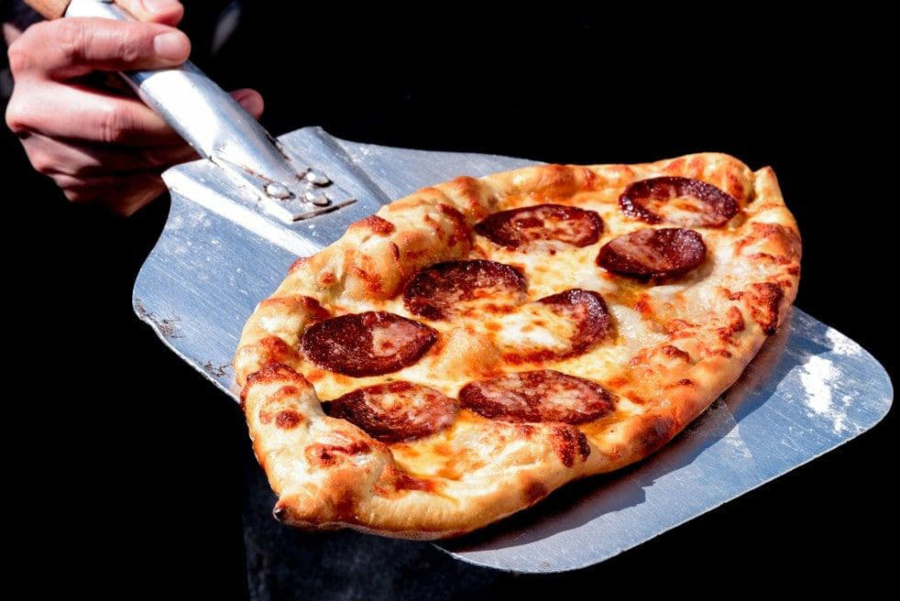At Tempo, a new fast-casual eatery in Washington, the setup is very familiar: Go down the line and choose toppings for a long, flat base of dough, which is finished with cheese and baked for a few minutes as it passes through a conveyor belt oven. But instead of pizza, people are lining up for its Turkish cousin — an oblong flatbread called pide (pronounced pe-day). Think pizza, but with Turkish flavors — pide, if you will. Just don’t call it that.
“I hate calling it a pizza because it’s very different. A flatbread is a better example,” said Selin Altintas, the marketing manager for Tempo and daughter of the restaurant’s owner. “It’s a thinner crust, and it’s in a boat shape. The crust is folded over, across the entire edge, to give you a good bite of crust with every bite.”
But the relationship between pizza and pide is no doubt part of the reason the popular Turkish street food is taking off in the United States. Thanks to the prevalence of fast-casual pizza, an office-worker population that wearies of the same lunch quickly is finding it a novel take on something that is comfortingly recognizable.
“It isn’t something that’s an acquired taste,” Altintas said. “I think it’s combinations that are familiar, but taste very different than what people can make at home.”



